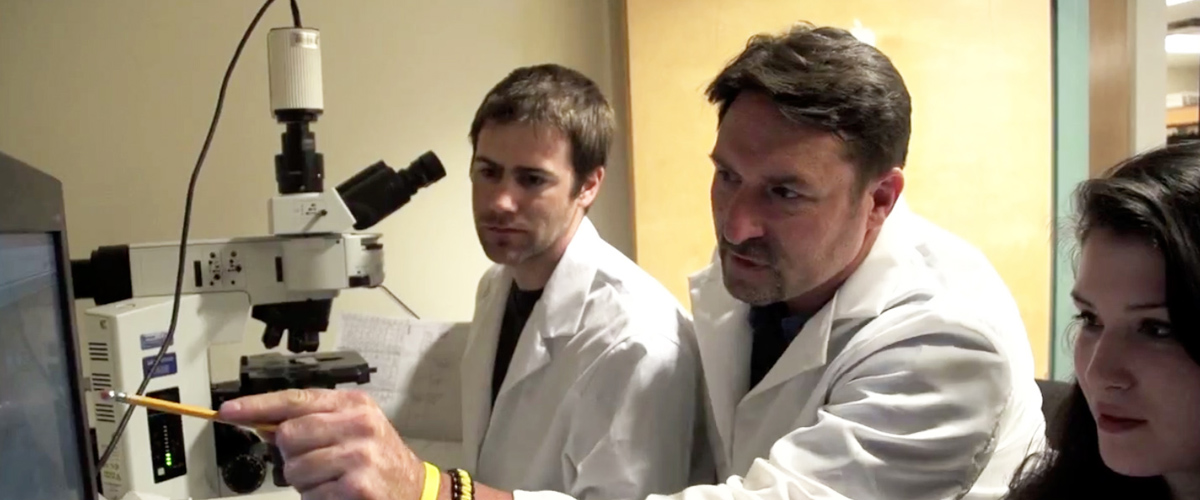by Angela Herring of news@Northeastern
Nearly half a million children in the U.S. take antidepressants. In 2007, the Centers for Disease Control and Prevention released a warning for fluoxetine, one of the most highly prescribed psychiatric medications. The drug’s primary compound seemed to be causing a host of negative side effects in a subset of the young users.
“It’s happening,” said Rich Melloni, professor of psychology and director of the Program in Behavioral Neuroscience in the College of Science. “Kids are becoming irritated, aggressive, impulsive, agitated, hostile. So you ask the question: Why?” As behavioral neurobiologists, Melloni’s team is using adolescent animal models to gain an understanding of why these negative side effects occur. Their findings are published in this month’s issue of the journal Behavioral Neuroscience.
First, he and his research team administered regular doses of fluoxetine to healthy adolescent hamsters. The animals received either a low, moderate or high dosage, equivalent to what a human adolescent would receive to treat conditions such as anxiety, depression or obsessive-compulsive disorder, respectively.
They then observed the hamsters’ behavior when presented with an intruder — or the mere scent of an intruder — in their cage. Hamsters that received the low dosage consistently demonstrated significant increases in aggressive behavior.
Next the researchers looked at the hamsters’ brains. They were surprised by what they found.
Melloni said that when a molecule called vasopressin is present at high levels in the brain, the aggression system works in overdrive. Another molecule, serotonin, has the opposite affect.
“Think of serotonin as your brake for aggression and vasopressin as your gas,” said Melloni. If you want to go fast, he said, you can press on the gas, ease off the brake, or engage in a combination of the two. Fluoxetine, so to speak, is designed to push on the brake in order to help people deal with the symptoms of depression. But the aggressive hamsters’ brains had problems with both their gas pedals and their brakes.
Fluoxetine is a “serotonin reuptake inhibitor,” meaning that it increases serotonin levels by preventing the molecule from being reabsorbed by the body. Lower serotonin has been linked to depressive symptoms in some patients.
But other neurological systems also contribute to depression, such as the molecules dopamine and norepinephrine. When these systems are impaired, patients can show similar symptoms as if they had an impaired serotonin system.
“Take that kid that presents with the same symptoms, but he has a dopamine or norepinephrine problem,” said Melloni. “But when you give him a serotonin drug, he may get aggressive, he may get worse.”
Melloni’s findings suggest that the children who experience the aggressive side effects of fluoxetine may not have begun with an impaired serotonin system at all. “There’s the likelihood,” said Melloni, “that by virtue of the fact that our clinical diagnosis is not based in neurobiology, but rather in symptomology, that we may be giving kids a serotonin drug inappropriately.”
The next step in the research is to perform the same tests on hamsters with “ruined” serotonin systems. “Then let’s give these impaired hamsters [fluoxetine] and see if they become aggressive,” Melloni said. “My guess is they are not going to be.”

